Are you a journalist? Please sign up here for our press releases
Subscribe to our monthly newsletter:
When the Soviet government shut down Hebrew-language schools, teachers from schools across the Soviet Union tried to make aliya to Eretz Yisrael. Their numbers included Moshe and Leah Smilanski, both Hebrew teachers, who changed their name to Talmi and moved with their two children – their ten-year-old daughter and baby Igal – to a moshav (a pioneering workers’ village) in the northern Yizrael Valley. They left their home in Kiev, Ukraine, in 1925, arriving by boat from Odessa.
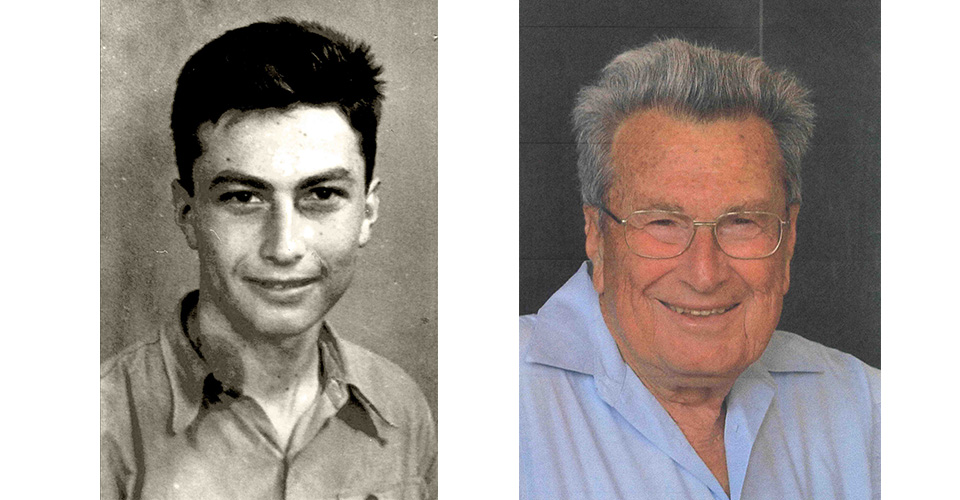
Igal grew up at the foot of the scenic Gilboa hills, going to the moshav school, where his father was the principal. Junior high school was in the neighboring kibbutz; he and another four students walked there every morning, except when rain made the streambed they had to cross impassable. Igal was introduced by an older friend to the beautiful world of butterflies. They spent school holidays hiking and looking for butterflies, earning the nickname “butterfly-hunters” from friends for whom the only thing to be taken seriously was agricultural work, which they happily did on their parents’ farms after school.
In those days, Igal thought seriously about going to study zoology at the university in Jerusalem, but first he needed a matriculation certificate. About ten years earlier, his sister Tehia had been sent to study in the Herzliya Gymnasium in Tel Aviv, where she stayed with relatives. In 1940, however, the situation was different: World War II was raging not far from the Holy Land, and Haifa was bombed. Rather than send him to Tel Aviv, Igal’s parents had him study at home for an external examination for the Palestine Matriculation.
Talmi first discovered the direction he would follow for the rest of his life in an old physics text book he unearthed. The book described how natural phenomena, such as an object falling to earth, could be calculated. In other subjects, however, which were less interesting to him, his progress was not good enough. When he was accepted to the Herzliya Gymnasium, despite their worries for his safety, his parents sent him to live in Tel Aviv with friends.
Right after graduating, Igal volunteered to join the Palmach – a few hundred young men and women organized into a small army within the Hagana, the underground military force of the Jewish population. Palmach members saved money by living on kibbutzim, working for their keep while they trained.
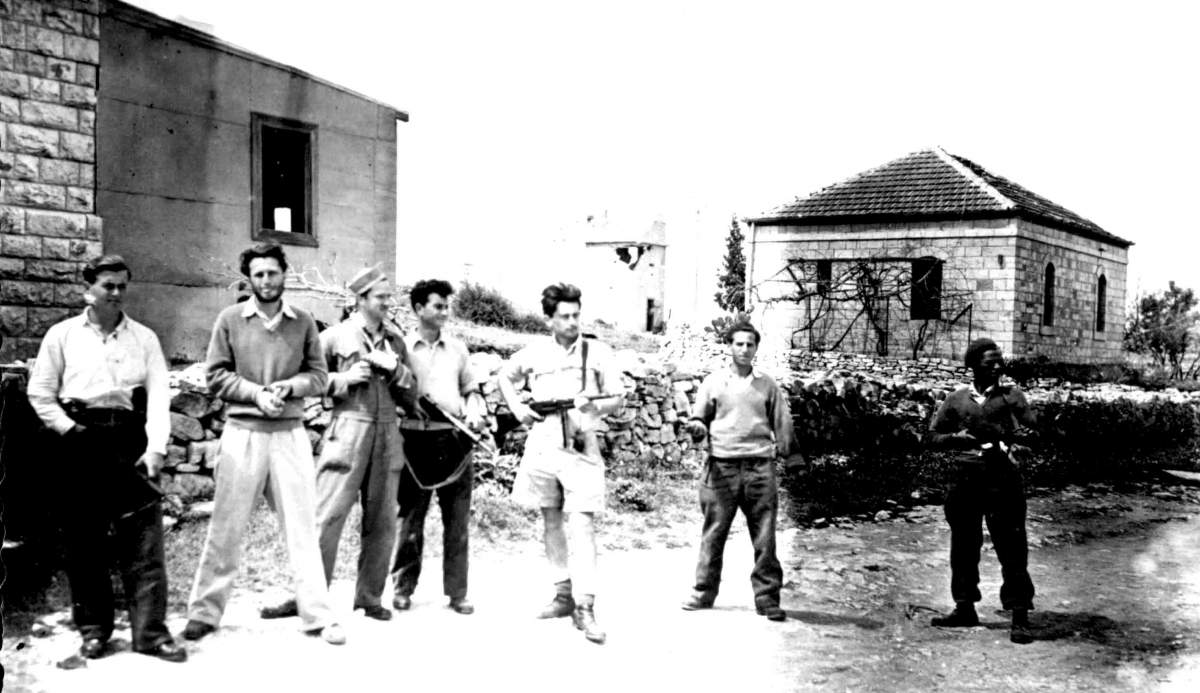
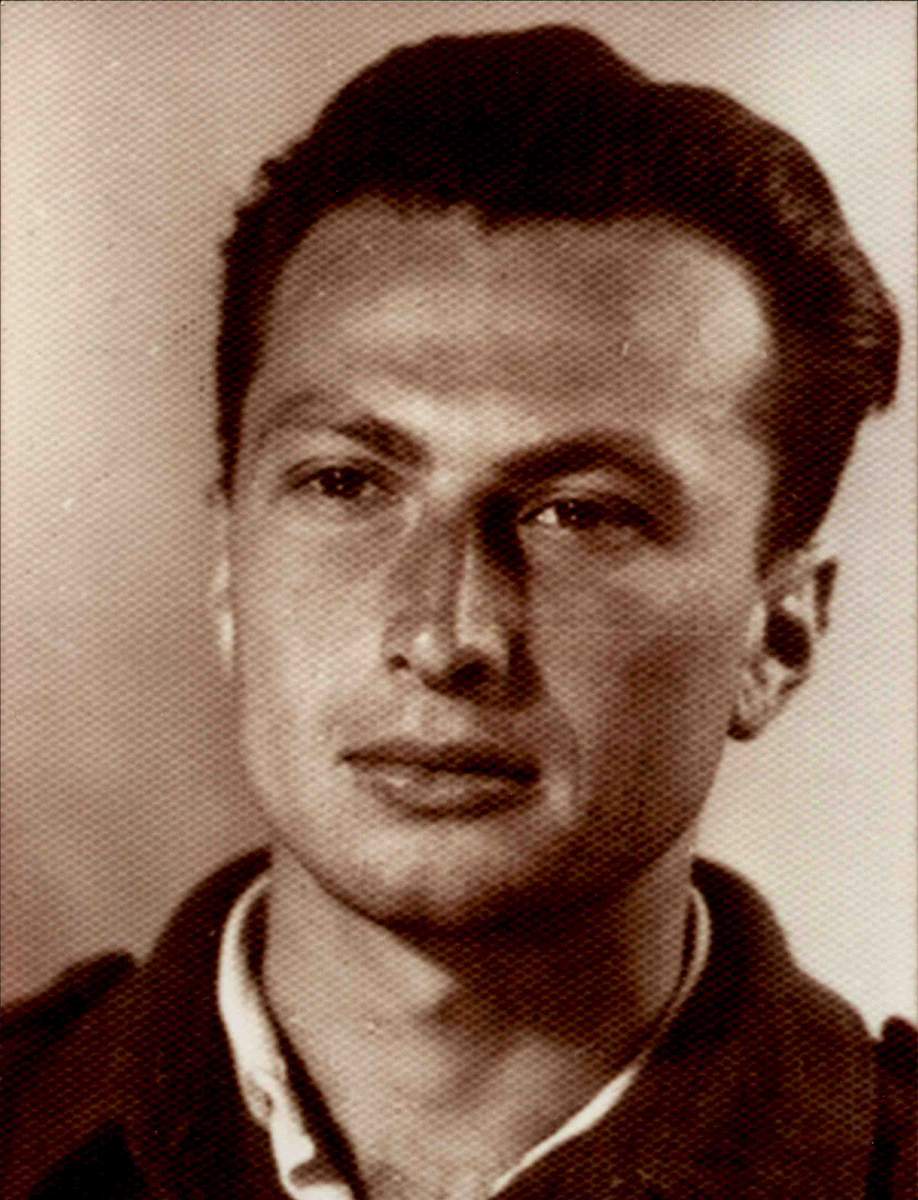
After several months, Igal was released from the Palmach, though the health scare that had sent him home turned out to be a false alarm. That freed him to begin studying physics at the Hebrew University of Jerusalem. There he met several other students – Uri Haber-Schaim, Amos de-Shalit, Gvirol Goldring and Gideon Yekutieli – with whom he would go on to found the Physics Department at the Weizmann Institute of Science. Their lecturer was the legendary physicist Yoel (Giulio) Racah, who had come from Italy to escape the racist laws in that country.
When Talmi finished his MSc studies, Racah offered him a position as a teaching assistant and PhD student. But Talmi set his sights on Europe – specifically the lab of the famous Nobelist Prof. Wolfgang Pauli in the Federal Institute of Technology, in Zurich. In 1947, however, the fledgling country was at war for independence.
Talmi volunteered for fighting units, refusing offers to join the new science unit (Hemed). When efforts to sway him through his girlfriend, Chana (who would later become his wife), failed, he was given a direct order to report to Hemed in Rehovot. Talmi remembers holding on to a grenade for a weapon, as he made his way in an army jeep through the treacherous “Burma Pass” from Jerusalem down to the plains.
Hemed would provide the nucleus for physics research in the new country. Talmi and his colleagues from Jerusalem thought Israeli physics needed the latest fields; studying abroad would be one way to import such fields into the country. They expressed these thoughts to Ernst Bergmann and Aharon Katzir, who had the ear of David Ben-Gurion. Katzir convinced Ben-Gurion to invest in building world-class nuclear physics research capabilities. Talmi was one of a handful who went off at the country’s expense, in his case to take up his delayed studies with Pauli in Switzerland.
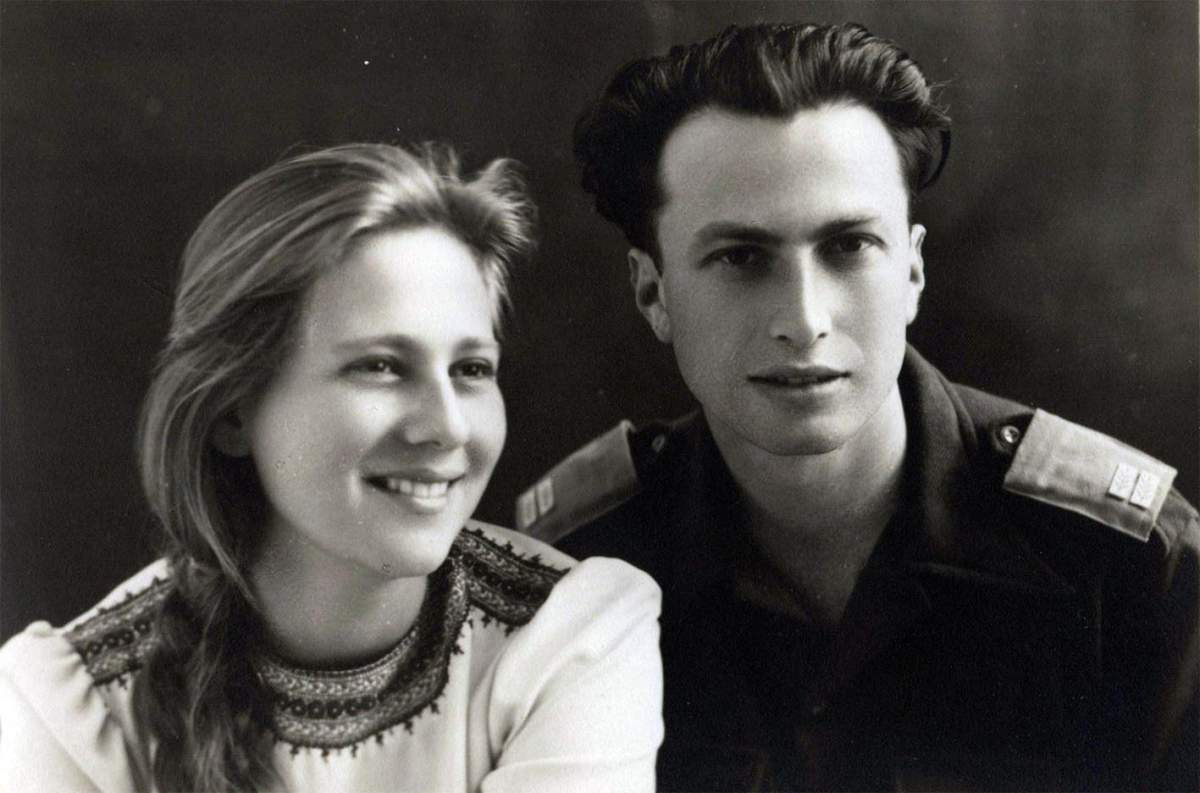
During his doctoral studies, Igal developed a technique that greatly streamlined the mathematics needed to calculate the shells of the atomic nucleus (see below). After completing his doctorate in 1951, he went on to postdoctoral research at Princeton University, working on this model with Prof. Eugene Wigner. In 1954, while Talmi was still in the US, Ben-Gurion left politics, and Talmi’s physics unit in the defense ministry was “sold” to the Weizmann Institute. Talmi thus became one of the founders of the first nuclear physics department in Israel.
The group of Hemed “alumni” had by now studied with the top physicists of the day, and they would play a crucial role in shaping the identity of the Weizmann Institute of Science. In contrast with the hierarchy they found in European labs, where students did the professors’ bidding, these young physicists treated their students and research staff as partners in their research, encouraging them to pursue subjects that interested them.
Talmi and de-Shalit continued the research they had begun in Switzerland and the US. Some of the computational models and methods they developed are still used by physicists today. In 1963, the two published a book, Nuclear Shell Theory, which became an instant classic among nuclear physicists around the world. Talmi published another book on the subject, Simple Models of Complex Nuclei: The Shell Model and Interacting Boson Model, in 1993.

Over the years, Igal received much recognition for his work. He was a visiting professor at MIT, Yale and Princeton, among other places, and he was invited to lecture at numerous international conferences. In the fall of 1984, an international conference was held at Drexel University, in Philadelphia, in honor of Talmi’s sixtieth birthday. Before retiring in 1995, he served as head of the Nuclear Physics Department and Dean of the Faculty of Physics at Weizmann, and on the national atomic energy commissions and committees. Igal has been a member of the Israel Academy of Sciences and Humanities since 1963, and he received the Weizmann Prize (1962), the Israel Prize in exact sciences (1965), the Rothschild Prize (1971), the Hans Bethe Prize of the American Physical Society (2000) and the EMET Prize (2003).
His early love of nature never died, and he is now a birder. He came to this hobby late in life, going on hikes with his son. Talmi points out that many other physicists have been birders, including the late Nobelist Prof. Murray Gell-Mann. When Gell-Mann came to Israel in the 1950s, he had a list of birds he wanted to see; Amos de-Shalit and Igal organized a birding tour for him and later took him to visit Ben-Gurion at Sde Boker.
Chana and Igal have two children – their son, Prof. Yoav Talmi, is today Deputy Head of the ear nose and throat department and director of the services for head and neck surgery at Sheba Medical Center, and their daughter, Prof. Tamar Dayan, a zoologist at Tel Aviv University, is founder and director of the Steinhardt Natural History Museum there. Chana and Igal have seven grandchildren and five great grandchildren.
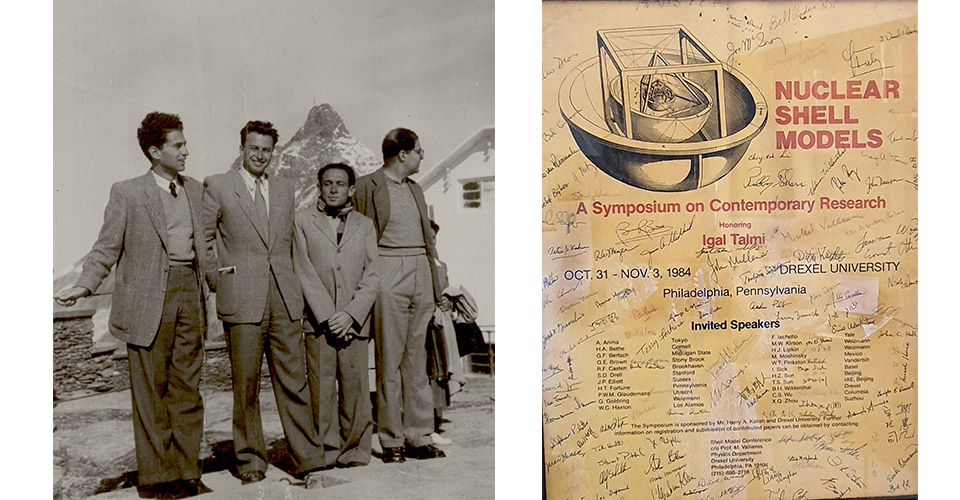
The protons and neutrons in a nucleus, which have similar masses, are collectively known as nucleons. Despite the electrostatic repulsion between the positively charged protons, most nuclei are stable, held together by the nuclear forces. These forces act between nucleons; they are very strong but have a rather short range (of about nuclear dimensions). A system of such nucleons could have been expected to be chaotic, but physicists studying them were in for a surprise.
Experiments in the 1930s showed that nuclei with certain numbers (called magic numbers) of protons and/or neutrons have extra stability. Some physicists interpreted this behavior as resulting from the motion of nucleons in orbits around the nucleus’s center of mass. According to quantum mechanics, each orbit may contain only a limited number of protons and neutrons. Shells arise when the separation energies that bind nucleons in their orbits are close. A ground state of a nucleus is thus one in which its nucleons occupy shells with the highest values of separation energies. In a nucleus with completely filled orbits, an excited state may be obtained by raising a nucleon to a higher shell. Such excitation may be rather high, which may explain the extra stability of the nucleus. The proton magic number of this nucleus is the sum of the maximum possible numbers of protons (or neutrons) in all orbits in the occupied shells.
The shell model, described above, was not immediately accepted by physicists. The lowest magic numbers – 2, 8, 20 – were simply understood and could be accepted. The higher magic numbers, however, which were discovered experimentally – 50, 82, 126 – did not arise from any simple effect. Only in 1949 was an acceptable explanation found: If a strong interaction exists between the orbital angular momentum of every nucleon and its intrinsic one (spin), it can lead to the observed order of shells. Since then, the shell model has become the cornerstone of the physics of nuclear structure.
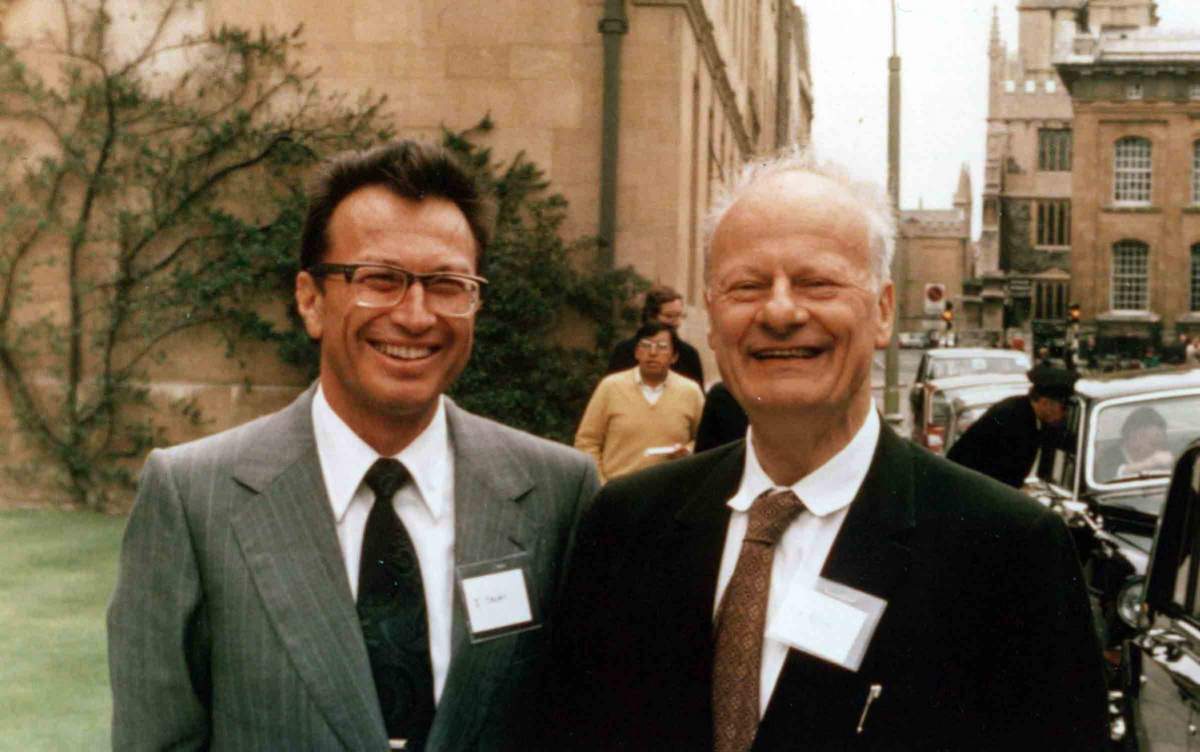
The ground state of a nucleus, in which all occupied shells are completely filled, is well defined. If there are some orbits that are not full, however, there may be several independent states constructed in the shell model. To calculate certain properties of these states, which enables calculation of the energies of observed states, it is necessary to have information about the forces between the shell model nucleons, which are different from the forces between free nucleons. Neutrons in the shell model behave as if they carry an “effective” electric charge. An extensive effort to calculate the effective forces between nucleons was based on various approximations. The calculations rarely agreed with experiments.
Talmi was looking for a nucleus such that the energies of its states would give direct information on some effective forces. The four lowest states in the 40K nucleus (Potassium, Z=19, A=Z+N=40) seemed to be good candidates. In the summer of 1954, with Shmuel Goldstein, an MSc student, he calculated the forces and, to check consistency, they used their results to calculate energies of certain states in 38Cl (Chlorine). When they compared their calculated energies with published experimental data there was no similarity!
The situation changed dramatically in 1956 when new and accurate measurements of states of 38Cl were published. Now the measured energies of 38Cl were in remarkable agreement with the calculated ones. This was the first shell model calculation in which consistent results were obtained. No assumptions were made beyond the shell model and two-nucleon forces.
This was a small step in shell model calculations, but it led to a big step in the use of the shell model in the physics of nuclear structure. Immediate applications of this new approach for more complicated cases followed. Even simple cases gave important information on general properties of the effective forces and the structure of nuclear states.
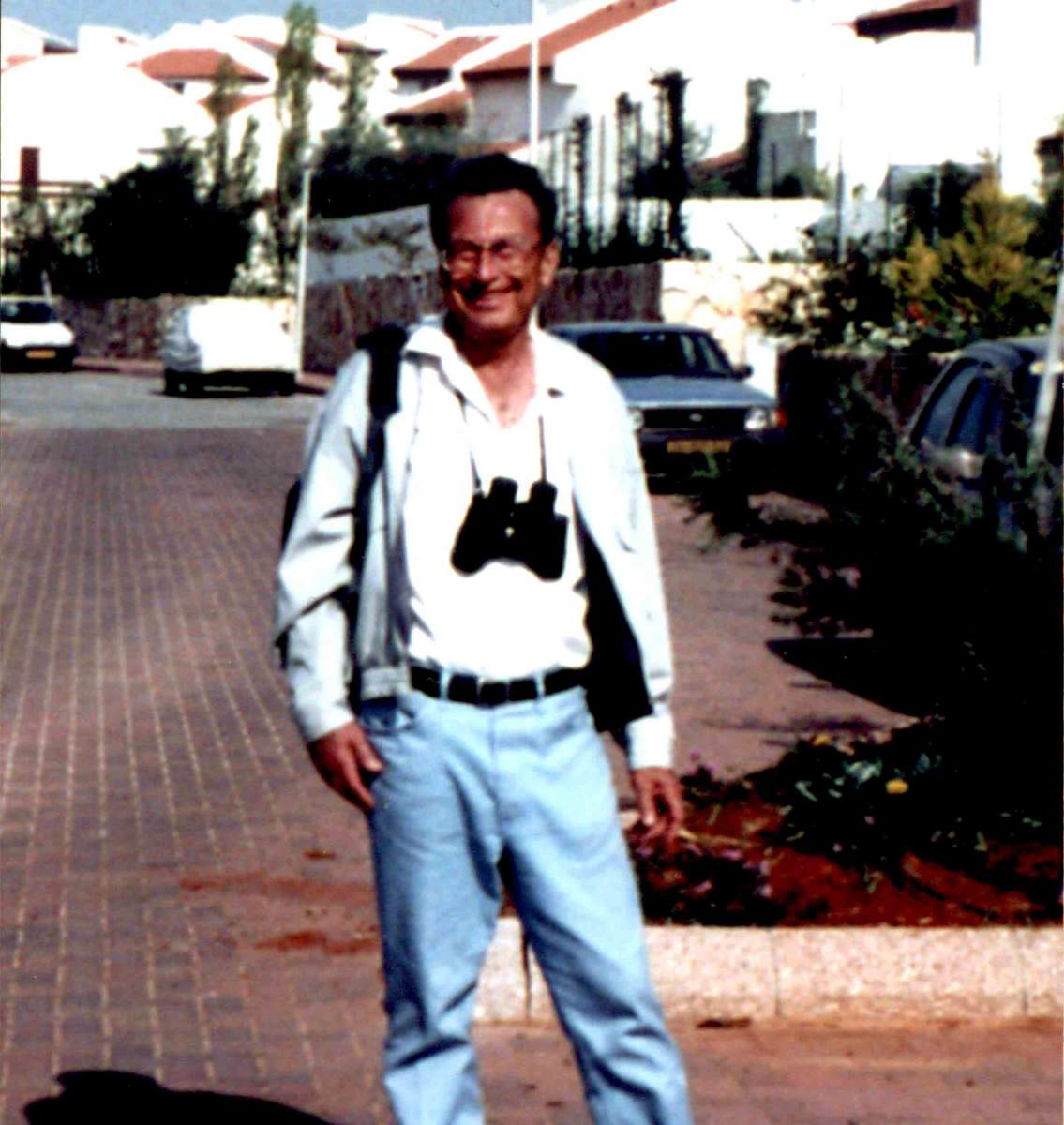
One of Talmi’s treasured memories was a put-down, of sorts. When the method Talmi had developed became popular, an ex-student from the California Institute of Technology (Caltech) told him that Richard Feynman, already a legendary physicist, tried this method for light nuclei. In 1962 Feynman was in the audience when Talmi gave a colloquium lecture at Caltech. After the talk, Feynman came up to Talmi and told him he had once tried to calculate the forces between particles in light nuclei, but his results suggested that the particles in a certain nucleus had energy levels that were very close to one another. Assuming that the method was at fault, Feynman had let the issue drop and had gone on to other topics.